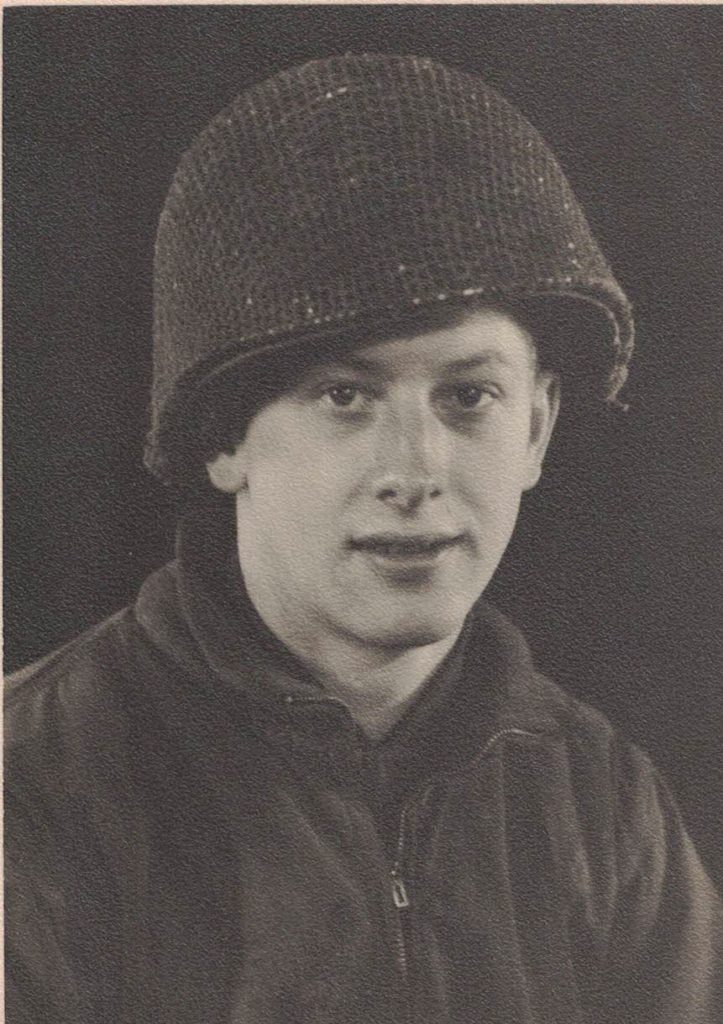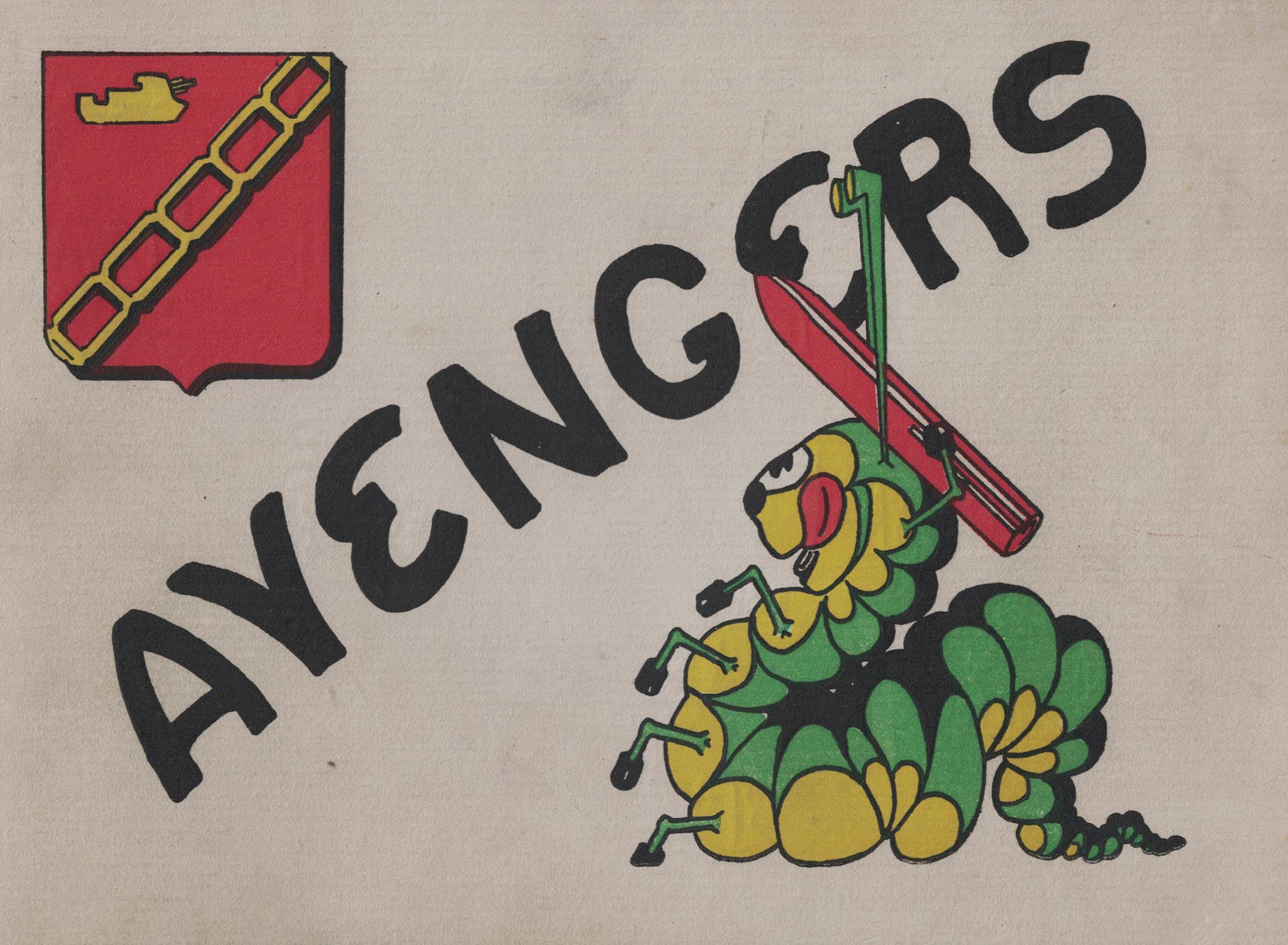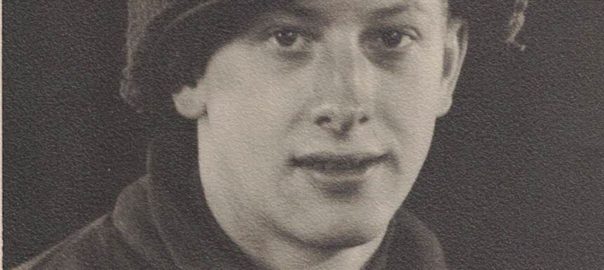This article was taken from the maps, memoirs, and memories of Sgt. Charles Harman, Tank Commander, father of Gail Larke, BOBA recording secretary, and was compiled by Ken Larke.
The 95th began January 1, 1942 at Fort Knox, Kentucky. At the end of February, they were sent to Camp Cooke, California, to help for a possible attack on the West coast.
“I joined the Division from Fort Custer, Michigan in July 1942 when they were on desert maneuvers in the Mojave Desert. Started training with T-19’s and then drew our new M-7 tanks. Then we were off to Pine Camp, Tennessee for more maneuvers, and 90 days of intensive training. Next stop Indiantown, Pennsylvania in late November. Right, more combat training. January 1944, we were on our way to Camp Kilmer, New Jersey. We were there one day, and with all our gear on our backs, we were shuttled across the bay, passed the Statue of Liberty, and on board the USS Edmund B. Alexander for our destination England. Then on to Perham Downs, Wiltshire where we were billeted in the barracks of the Royal Tank Corps. After more training at Tilshead on the Salisbury Plain. We were here when we heard about the June 6th D-Day invasion. We then headed to Southhampton for the next wave across the channel in July. We watched as they loaded tank after tank on the ship. I remember we were strafed once by a German plane, but made it safely to Utah beach in late July 1944.
We were bivouacked at SaintSauveur-le-Vicomte waiting for our battle assignment. The devastation of the D-Day invasion was all around us. We were still picking up an occasional German POW. Our first battle was the first week of August 1944 at Avranches. Shot down three German planes and headed through the hedgerows. At Saint-Aignan we locked horns with the Ninth Panzer Division and pushed them back. We then met up with the Canadians and another battle with the Jerrys at LeMesle.
By August 30th we had reached Paris. Finally, we were able to cross the Oise River and push on to the Belgian border at Conde on September 3rd, 1944. Instead of going on to Brussels, we were ordered to drive out some Germans from the Duchy of Luxembourg. Within a period of two days, the Germans were cleared out of Luxembourg. What a welcome we received from the people of Belgium and Luxembourg!
The weather was great, and we had to move in close because their 88’s out-ranged our 105’s, but the P-47’s above us were our guardian angels. On September 13th, we were facing the Siegfried Line opposite Wallendorf and fired our initial rounds on German soil. We were in Germany on September 15th. The Germans weren’t ready to give up and pushed us back to our previous position on September 19th. We now knew we were in for a real battle. After France, Belgium, and Luxembourg where we fought for miles, we were now fighting for yards. Late in November, we entered the bloodiest battle thus far: Hurtgen Forest. Everything was difficult: Weather, thick forests, dirt paths like rivers of mud, and then snow. We provided support for our troops who fought through Kliehau, Brandenburg, and Bergstein. After Hurtgen we expected a rest period, not so….The Bulge.
We were ordered south to the Roetgen, Germany area to provide support for a possible attack on the Roer River Dams. It was a quagmire getting our 25-ton M-7’s into position. On the night of December 16th, the Luftwaffe made an appearance and paratroopers were dropping all around us. We killed and captured many that fell in our area. The next morning, we learned that General Von Rundstedt had launched a counter attack against our weaker defenses in the Ardennes. Our Division was ordered to fall back to positions near Eupen, Belgium to protect road blocks against advancing German panzer divisions. The name of our tank was “Alibaba and the 7 Thieves”, probably because we picked up a lot of souvenirs along the way. It was at one of these crossroads that we saw General Patton come by, and he asked us who was Alibaba in that @#$*&%$#@ tank! We all pointed to the other guy. We didn’t have it as bad as our boys in Bastogne. The German Air Force hit us on many days; we averaged shooting one down per day. On one attack, I jumped from my tank and my foot got caught in the camouflage netting. There I was upside down with bullets all around me. I wasn’t hit, but my guys thought I was dead; embarrassing, but could have been worse. Near the end of the campaign we moved to support the crossing of the Roer River. We dug in at Ederen, Germany with our M-7’s only 1500 feet from the front lines waiting for orders. Finally, on February 23rd, we got the orders and at 2:45 am in the space of four hours, we shot 3,000 rounds of ammunition: Operation “Grenade”. From there, we battled our way toward the Rhine.
On the morning of April 1st, we were ordered to support CCR at the Weser River. We experienced heavy resistance at Herford, Germany from the anti-tank guns. We destroyed ten 88’s, and killed or captured all their personnel. On the afternoon of April 8th, we crossed the Weser on our way to the Elbe River, through the town of Hamlin (Piped Piper fame). We were reinforced by the 695th AFAB, and fought some 500 SS troops near Springe. Between us and the Airforce, we completely destroyed the city. The Germans were giving up by the hundreds. Next, at Hannover, we had lots of action. We finally reached the Elbe River where we waited for the Russians. On April 26th, we left CCR and joined Division Artillery under XIII Corps control. Then on May 2nd, we met the Russians at the Elbe.
On May 7th, orders came to cease all offensive operations. That joyous hour throughout the world came and went for us with excitement. We played ball and pursued our normal duties, but deep down inside, we all felt a sense of relief, joy, and profound happiness. We reminisced a great deal on that momentous day; our thoughts were of those who were no longer with us to see this joyful hour, and we wondered what the future held for us. Was it the Pacific?”


